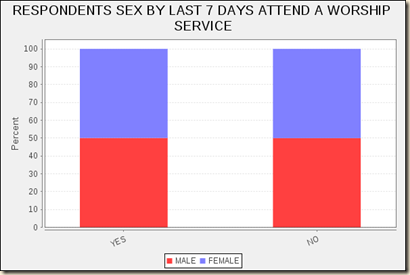Once upon the time, conservation as exemplified by such as Teddy Roosevelt was about improving the quality of people’s lives. It sought to ensure that people would be able to enjoy the beauty of nature. Likewise, the early environmentalists wanted people to enjoy clean air and water, and vistas unspoiled by garbage.
Nowadays, of course, environmentalism has been about the critters for their own sake, and is specifically anti-human. There are shades of this latter strain in E. O. Wilson’s recently published novel, Anthill. Raphael Semmeses “Raff” Cody, the novel’s protagonist, travels as a boy with his parents to Lake Nakobee, an isolated tract of undeveloped land known only to a handful, and apparently visited by almost nobody. It is a testament to environmentalism’s earlier successes that the critters endangered by its prospective development are all bugs*, notably the various warring ant colonies along its banks. Not a single cute, huggable mammal among them.
Ultimately, though, Raff is a moderate. He recognizes that his romantic attachment to his boyhood hideaway is not sufficient to get anyone else to care about Nakobee. So he successfully proposes a development plan that involves a smaller number of more expensive houses, further spaced, leaving most of the land as a nature preserve.
Of course, any good novel needs a villain, and as you might expect, Anthill casts Christians in the role. These range from the developer executive ranting about how Christianity requires them to be against the environment (somehow the populist argument about building homes for middle-class people never gets made) to a shadowy rural pastor who tries to kill Raff because . . . well, actually, the novel never really explains why. Likely Wilson and his editors thought that the kind of people likely to read Wilson would nod along at the idea that murder is something that rural pastors just do.
To Wilson’s credit, he appears to appreciate how off-putting actual environmental activists can be. While a law student at Harvard, Raphael encounters Gaia Force, a group of poseurs who’s notion of protecting the environment is violent socialist revolution. They angrily expel Raphael, having no truck with his goal oriented, work-within-the-system approach to establishing this particular nature preserve. Raphael wants to try various mediating strategies that allow development in the context of conservation, but the response he receives shows why so many conservatives sometimes sound as if they don’t care about the environment: to do so would put them in league with the likes of Gaia Force. I remember the exact moment when the environmental movement became prominent on my college campus: it was the same autumn that the Berlin Wall came down. It was apparent to me that, once socialism had been exposed for the hoax that it was, all the socialists simply moved over to environmentalism as a proxy for the same agenda.
On the other hand, developers suck too. Raphael’s Uncle Cyrus speaks truthfully about the ambition to turn the Mobile – Pensacola corridor into a sprawling megalopolis. Indeed, the lust of developers extends along the entire Gulf coast. Tellingly, Cyrus asks Raphael, “Do you want this area to stay redneck heaven forever?” But that’s the problem. I have a passing familiarity with the ongoing efforts to ram a new airport down the throats of the voters in Panama City. I’ve always been skeptical about its advocates’ promises of development. I can understand the interest hotel owners in Panama City Beach have in increasing the tourist traffic; what I don’t understand is, how is this supposed to help the people that live there now? Will they be able to afford the new homes that will be built? Will they qualify for the jobs brought in? Or will they rather be alienated by the influx of immigrants with different values, eventually driven from their own communities?
Steve Sailer asked why conservatives wound up on the same side as developers in conflicts over the environment. If I had to answer that, I would say that conservatives were responding to the difficulties faced, not by developers (who apparently find it easy to overcome environmental objections), but by individual property owners who want to make modest improvements. (Granted, I haven’t read any stories about this in a while. I bet I could find them in the Reason archives.)
In summary, while Wilson is a good-enough storyteller, I was somewhat disappointed. I was hoping to read an insiders account of the political and legal environment in which developers and environmentalists operate. Unfortunately, Wilson is not that insider. His book is much more about his own personal vision than how the world usually works in real life.
* Yes, I understand that, entomologically speaking, “bug” is a specific category that normally doesn’t include ants. I just don’t care.











![gfhouse[1] gfhouse[1]](http://lh6.ggpht.com/_CkG28xlMqBk/TF8Z5eHJGLI/AAAAAAAAAF4/0yniddpAFxM/gfhouse%5B1%5D_thumb%5B2%5D.jpg?imgmax=800)


